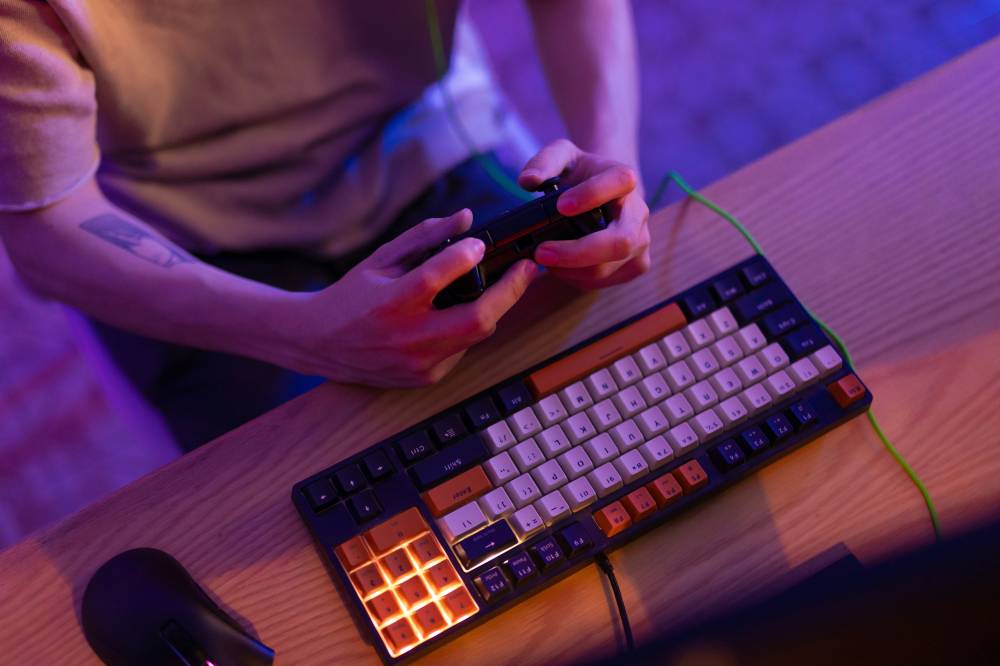Next-gen gaming will leave players behind, and that’s okay

From Insomniac’s much-awaited “Wolverine” to Hideo Kojima’s upcoming horror title (with director and producer Jordan Peele), gamers certainly have a lot to look forward to. And that’s only two titles from a plethora of highly anticipated games coming within the next few years.
But for other gamers, between console and hardware limitations, with every announcement comes the despair of yet another game they can’t play.
While upgrades and hefty price tags are to be expected in gaming, have today’s games earned their ridiculous barriers to entry?
The question of next-gen gaming
Gaming is an expensive hobby. PC gamers in particular are expected to upgrade their rigs every now and then to keep up with new hardware requirements—with graphics processing units (GPUs) and central processing units (CPUs) normally lasting for around five years before being considered obsolete. As for consoles, consider the PlayStation (PS) series: the PS4 was first launched in 2013, but as of late, Sony has diverted much of its attention to the PS5. Even so, the 12-year-old console still receives new games and online support.
The price itself is not the issue—it is, after all, the natural outcome of technology’s rapid evolution. But in a market where their quality varies widely, why are video games still priced equally?
“Red Dead Redemption 2,” which was released back in 2018, was, and still is, considered a masterpiece for both its visual fidelity, attention to detail, and gameplay—on par with or better than a lot of recent releases. This isn’t to say there haven’t been many masterpieces in the last five years. Think “Spider-Man 2” on the PS5 or this year’s breakout title, “Clair Obscur: Expedition 33,” which amassed critical acclaim for redefining the role-playing genre.
But think of it this way: When a 2018 game looks and plays better than a chunk of recent releases, what even constitutes as next-generation gaming in the first place?
Before the release of the PS5, the defining factor was the reduction of loading times due to upgraded SSDs and hardware processing power, not just the gameplay, nor the graphics. Compare that to the leaps in performance and graphics in previous generations—from the PS2 to the PS3 and PS4, from the Gameboy to the DS and Switch.
Our most recent generational leap primarily features quality-of-life changes and graphical improvements that look marginal at best to the common player, but are groundbreaking according to developers and hobbyists.
Between greed and necessity
Video games aren’t as easily differentiable as they once were. Games on old-generation hardware can look and run just as good—or even better—than those labeled “next-gen.”
On one end, this can easily be attributed to corporate greed and the extent to which they pressure studios to release games faster than they would normally like, under the guise of updating them in the future to excuse an unready product. But on the flip side, developing games has historically been a process of reduction. Developers and designers work within the confines of the hardware they’re working with, prompting the allotment of additional time and resources to optimization.
For example, Cyberpunk 2077 by CD Projekt Red took over four years of development for release on both old and next-gen hardware. The result: a buggy mess that hampered its launch—leading onlookers to speculate how much better the game would have been had they just developed the game for next-gen hardware to begin with.
But, even without pandering to old-gen hardware, development costs have gotten even higher.
According to Zachary Small of the New York Times, “Insomniac Games, which is owned by Sony, spent about $300 million to develop ‘Spider-Man 2,’ according to leaked documents, more than triple the budget of the first game in the series, which was released five years earlier.”
“Chasing Hollywood realism requires Hollywood budgets, and even though Spider-Man 2 sold more than 11 million copies, several members of Insomniac lost their jobs when Sony announced 900 layoffs in February,” he adds.
“Spider-Man 2” may blow the first game out of the water in terms of graphics and performance, but the 2018 game still stands to this day without looking nearly as aged as it should. Was that $300 million spent really necessary?
In a sense, gaming is facing a dilemma of diminishing returns, manifesting in price increases such as “Mario Kart World” on the Switch 2 being priced at P4,000 over the typical cost of P2,500 to P3,500 for new titles. This trend will only continue with Xbox Game Pass, once regarded as an accessible subscription service, which also recently announced a price increase.
What makes a game
Next-gen gaming will inevitably leave some gamers behind. But in a sea of games that prioritize visuals and performance to a degree unlike ever before, the marker of a good game no longer hinges on how good it looks—but instead, on how creative and fresh they are compared to the rest of the field.
Today’s gamer will undoubtedly miss out on some of the newest, groundbreaking games to hit the market. But now, indie studios—in response to these increases—are incentivized to create much cheaper games that can be run by more machines, while standing to offer a more accessible alternative to gamers.
And if you’re doubting their quality, just take a look at “Hollow Knight: Silksong,” a game that can even run on laptops, and how it crashed Steam because of how popular it was. Yes, missing out on the newest games sucks, but it’s not the end of the world.

















